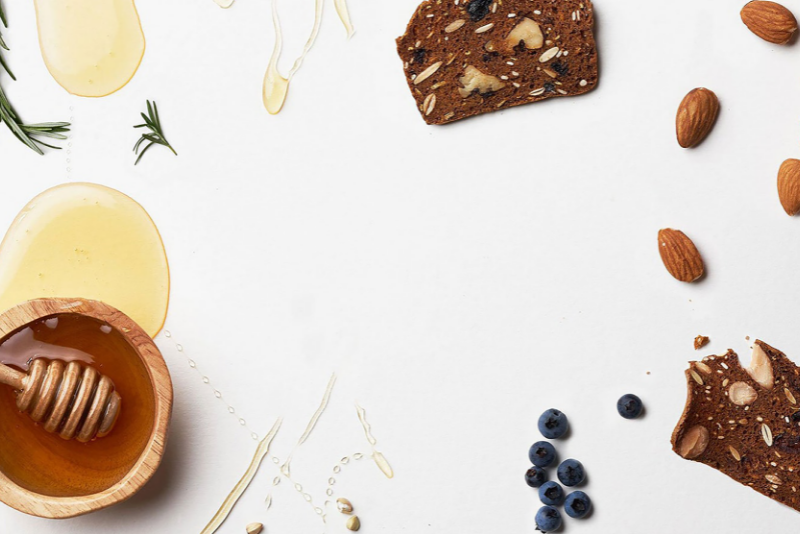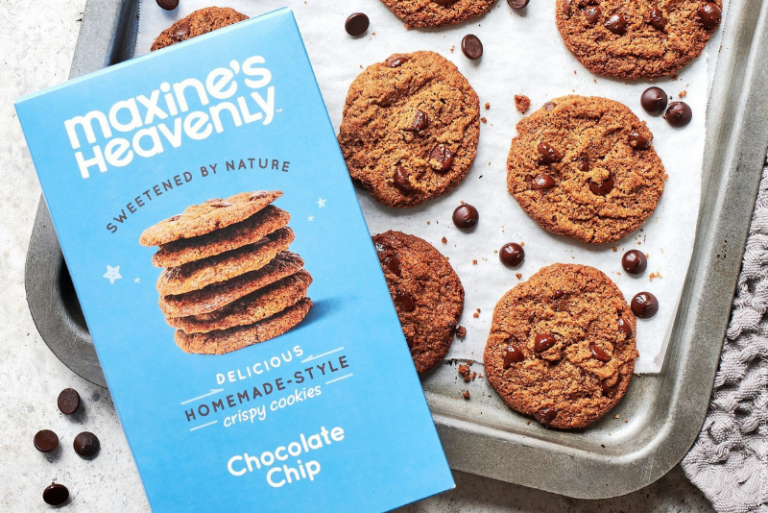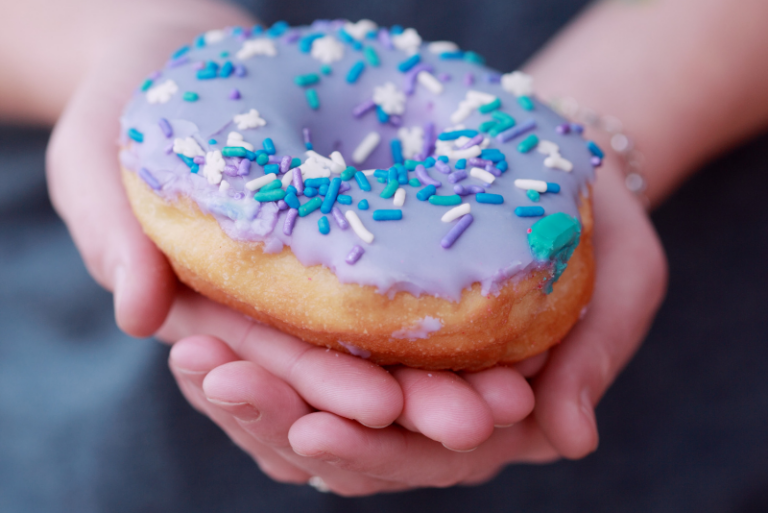Once a bakery has nailed down the right formulation, the other piece is marketing the product. Since there is a lack of clear guidelines on how to define clean label, front-of-pack claims can be a bit tricky. Even the word “healthy” has regulatory hurdles to navigate.
“There are a lot of regulations coming out that are getting very restrictive with what you can put on the front of a package,” said Rick Letizia, co-founder, president and COO of Wholesome Goodness, parent company of clean label snack brand Riceworks. “The FDA is really trying to stop what they believe is misleading labeling. A lot of the language is changing, so the FDA is cleaning that up and we are following along with that, only putting the major type of clean claims that you can make on the packaging.”
The brand is navigating this by focusing on what they include rather than what they exclude. This allows them to make those more “clean cut” claims such as gluten-free, celiac-friendly, free of cholesterol, and non-GMO ingredients, but they also put a spotlight on the inclusion of better ingredients. One of those inclusions is 15 grams of whole grains, a simple callout of better-for-you attributes.
“We’re truly better-for-you, and that is what we aspire to be,” said Jeff Posner, CEO of Wholesome Goodness. “It can’t be solely defined by eliminating the bad stuff. There’s got to be a corollary that we are including the good stuff, which is really at the core of our concept that is nutritional density. You have to think about how you will communicate that to a consumer.”
Strategies like this help products stand out, which is critical as the market expands in new ways.
“With omnichannel and online, this idea of having front-of-pack callouts and how you can find products is becoming more important,” Halliburton said. “How do you talk about the function or the elements
of a product differently so that it does show up when traditional shopping is changing?”
This story has been adapted from the February | Q1 2022 issue of Commercial Baking. Read the full story in the digital edition here.










